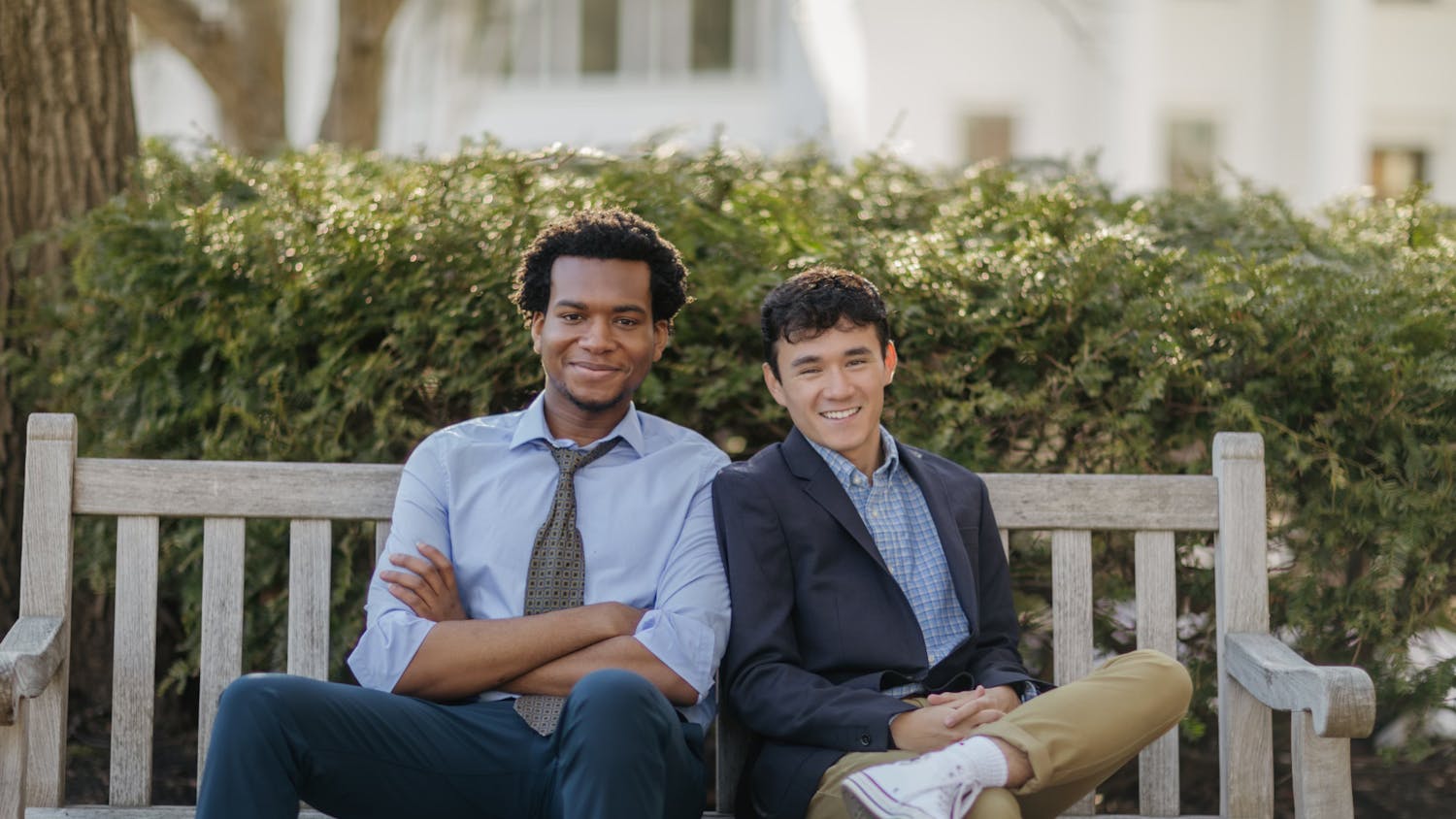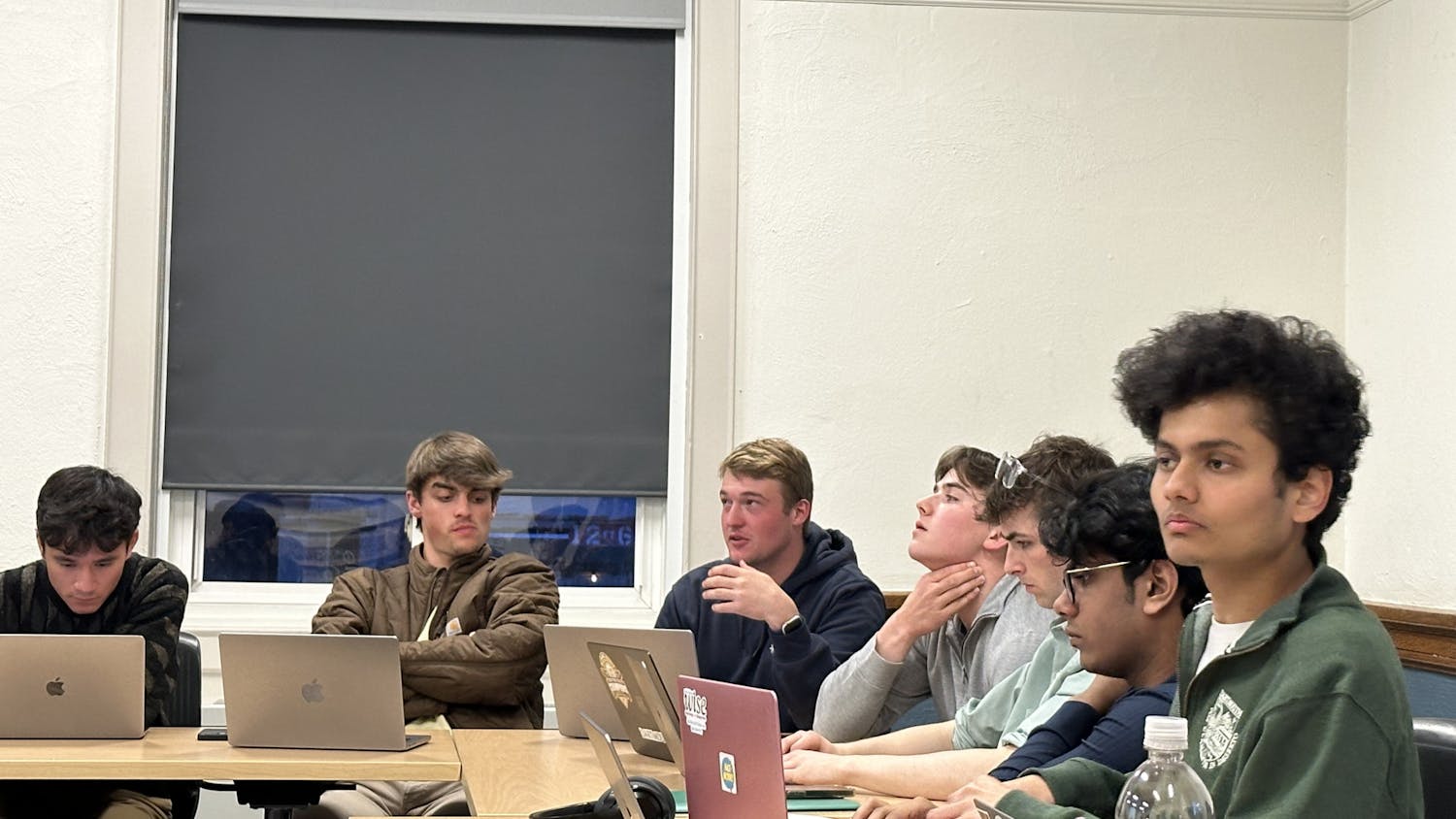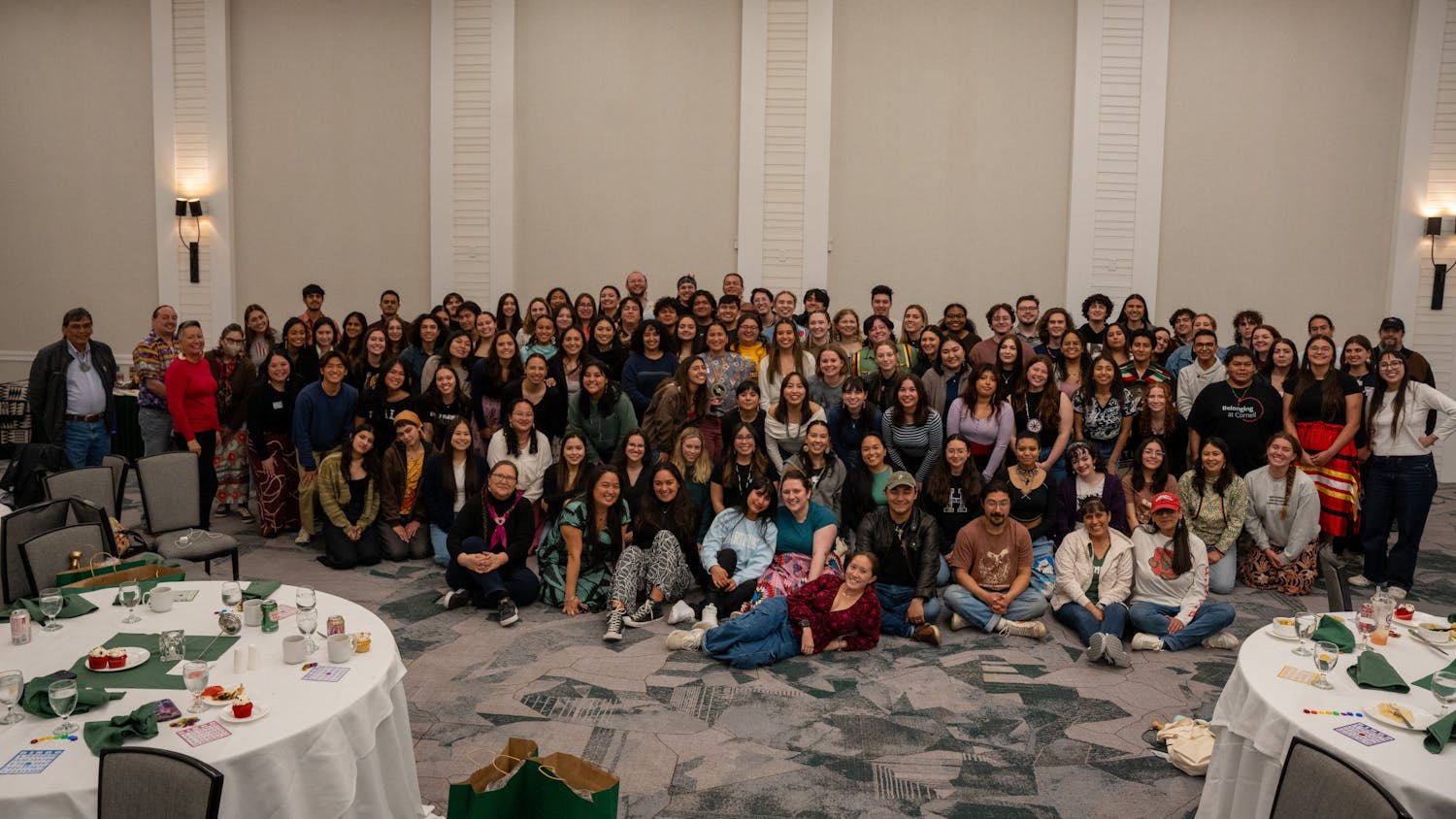This article was featured in the Green Key 2017 Special Issue: "Awakening."
This is the new story of Dartmouth. It is written between night shifts at Novack and pong games on Webster Avenue, between the time spent stressing about academics and the countless hours worrying about relationships, between the final hole of the Hanover Country Club and a seat in the financial aid office. Its authors, the most socially and economically diverse class of students in Dartmouth’s matriculated history, come from different backgrounds and bring varying perspectives on issues from campus life to politics.
The story of the Class of 2020 is a story about changed perceptions, the difference between what Dartmouth was expected to be and what it actually is. It’s a story shaped by both social interactions and socioeconomic class, and it’s a story that is constantly being rewritten.
Decades ago, the story of Dartmouth students would be predominantly homogeneous. In 1972, the first year of co-curricular education at the College, nearly 90 percent of students at Dartmouth were white, and nearly the same percent of students were male. Today, the student body is comprised of a nearly-equal split of males and females. While a plurality of students are Caucasian at Dartmouth, Asian-American, African American, Latino, Native-American and multi-racial students comprise a large percentage of the student body.
Social diversity shapes campus life at Dartmouth — yet another factor, economic class, also plays a major part in overall campus life. Nearly 70 percent of Dartmouth students come from families that make over $110,000 annually, landing the majority of the student body in the top-20 economic percentile in the United States. Twenty-one percent of students at Dartmouth come from families in the top 1 percent, while less than 3 percent of the student body come from the bottom 20 percent.
These two factors have contributed to a growing socioeconomic divide on campus. In a campus-wide survey conducted by The Dartmouth from April 16 to April 20, nearly 81 percent of students said that they perceived a social economic divide on campus, and 71 percent said that their perception of socioeconomic class has changed since coming to Dartmouth. Attesting to the effect of socioeconomic class, 79 percent said that economic factors shape relationships on campus.
In the following interviews, names have been changed because of privacy concerns and the sensitive nature of topics.
Anthony is a first-year student at the College who grew up in a low-income single-parent household in Maryland and attended a low-resourced school. For him, Dartmouth was expected to be somewhat of a culture shock.
“I thought it was going to be white and preppy, and I was going to have a lot of white friends,” he said.
Leaving his family and the diversity of his hometown, he was worried that he might lose his identity. This perception of Dartmouth, while not entirely false, proved different when he arrived in Hanover.
Anthony lived in Thriving through Transitions (T3), a Living Learning Community, which connected him to a community of students who also came from similar backgrounds. Many students from this floor come from predominantly low-income households and are often the first members of their family to attend college. He was also able to connect with his African-American identity through the College’s Afro-American Society. While Hanover was not as diverse as his hometown, his original perception of Dartmouth was not quite accurate.
“I have come to love the Dartmouth community for its enriching aspects a well as its negatives,” he said. “You know you’ll have someone to stand next to.”
Anthony’s perception of Dartmouth is not unique, because many students come to Dartmouth and find that many of stereotypes associated with the College do not represent the student body.
“There are so many people,” said Erica, an international student. “[The white and preppy] stereotype does not define the entire campus.”
She noted that the overall diversity of the campus has made her experience more welcoming than she originally expected.
While some are surprised by Dartmouth’s social offerings, other students, however, do not find the College to be as diverse as they originally expected.
“It was way worse than I expected,” said Josh, a first-year student from a low-income background.
Growing up in an extremely diverse public school district in Los Angeles, Josh was exposed to different ethnic and socioeconomic groups. In regard to finding diversity on campus, Josh said coming to Dartmouth was a sharp turn in the wrong direction.
Not only was Dartmouth’s social diversity an issue, Josh said, but the divisions caused by economic status also became apparent. When students mentioned the extravagant family trips during class discussion, Josh said he felt discouraged and isolated, as he could not offer similar input given his socioeconomic status. When he attempted to create a dialogue across socioeconomic lines about identity, he said he also realized that overall student apathy regarding socioeconomic issues prevented meaningful discussion.
“To have a community, you need different voices,” he said.
Despite these challenges, Josh has been able to find a meaningful community on campus through different organizations. For him, these organizations provide a connection to his heritage and community in Los Angeles.
Each student on campus has a different story about how his or her identity has changed since arriving to Dartmouth. For some students, that story is harder to tell than others. Ultimately, true empathy rather than apathy is needed to keep that conversation alive, Josh said.
One of the largest problems for low-income students on campus is what director of Dartmouth’s First Year Student Enrichment Program Jay Davis ’90 said he likes to call “small money.” Small money is the cost of the minor things that appear throughout a term at Dartmouth. While Dartmouth may cover the full costs of tuition and board for those who qualify, these small costs escape the hands of McNutt Hall. From the $50 late check-in fee at the beginning of the term to an end-of-the-term off-campus meal to celebrate the conclusion of finals, these costs can be major burdens for Dartmouth students who come from low-income backgrounds. Furthermore, many students do not expect these costs at first, Davis said.
When Amanda, a first-year student from a low-income background, forgot to check-in during the first term, she encountered a $50 late fee. While this cost may be a minor issue for some, it was a major burden for Amanda, she said.
“My family needs that money ... the costs begin to add up,” she said.
This small cost was the first of many that Amanda said she encountered over her first year. From an invitation to have a meal at Lou’s Restaurant to the desire to spend a day at the Dartmouth Skiway, these costs prevent some students from spending time with friends and enjoying the full “Dartmouth experience.”
Furthermore, James, a first-year student from Long Island, New York, noted that saying “no” to an invitation because of financial reasons does not always have an easy solution. Some students, unwilling to open up about their own financial situation to new friends, use an excuse unrelated to finances when they decline an invitation. Instead of explaining financial limitations, they give the impression that they would not like to get a meal with the person who offered the invitation. Other times, they might be the only person in their friend group not able to go out on a trip.
“I work jobs on campus to avoid those kinds of situations,” Josh said.
When the College decided to no longer make financial aid need-blind for international students, Chris, a self-identified low-income international student from England, was forced to wrestle with questions of belonging and inclusion.
“Money has always been like a storm cloud over my family,” he said.
With his family abroad still struggling with money problems, he said he worries both about his academics and his family life. At times, these worries become difficult to handle.
“I was wrestling between two black holes of attention … the more [work] I throw myself [into], the more I distance myself from my family,” Chris said.
While Chris has found comfort in his friend group on campus, the question of his place at Dartmouth still follows him throughout the term. The question is not unique to him.
This year, more than 70 percent of regular-decision prospective students who attended Dimensions decided to come to Dartmouth. While they visited, they were able to see and interact with some of the best parts of Dartmouth: welcoming organizations on campus, a better-than-usual set of meals at the Class of 1953 Commons, a beautiful campus and, most importantly, Dartmouth’s enthusiastic and welcoming student body, said Tim, a student from New York. For a majority of students, Dimensions provided one of their first interactions with the College, an experience that will likely shape their initial perception of the school.
However, many students’ original perceptions of the College do not match the reality. Tim said that while the experience of Dimensions was a great introduction, many of its aspects are hyperbolic in that Dimensions highlights the positives of Dartmouth and ignores the negatives.
“I bought into the way they sold campus,” Tim said.
He noted that Dimensions does not take enough time to talk about the negative aspects of Dartmouth. Instead, students have to learn about those aspects when they come to campus in the fall, which makes the transition into college even more challenging.
“We should just be honest with people,” Erica said.
Dartmouth has divisions. Few can deny that. These divisions are visible in everything from campus jobs to student organizations. Because of these divisions, however, we are reminded of this institution’s scars which have not yet healed. We derive strength to work together and resolve issues so that regardless of race, gender, economic status or any other factor, students feel loved and at home on its campus. We are united in that pursuit. Dartmouth may have its divisions, but Dartmouth is not divided.



